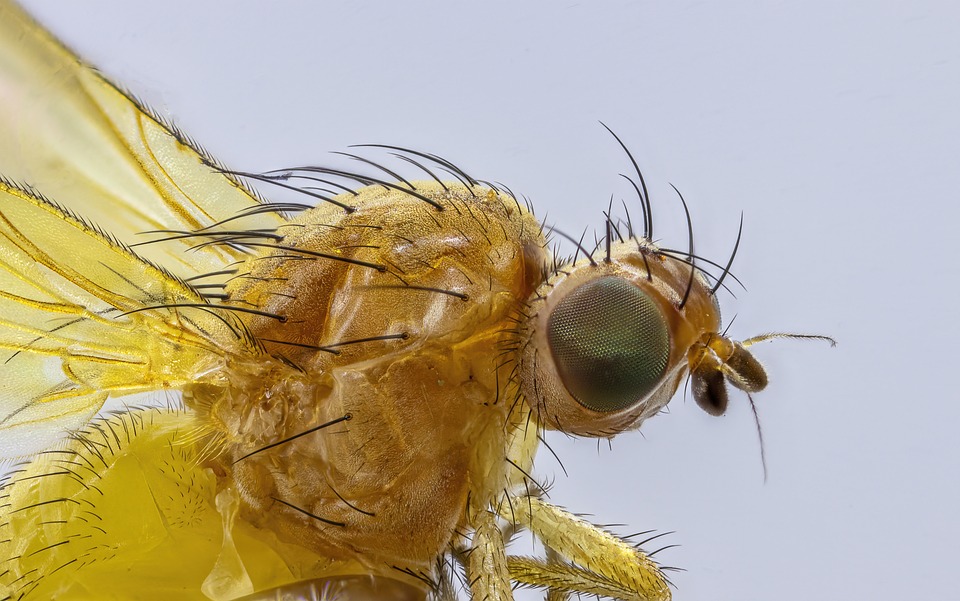As the weather warms up and flowers bloom, it’s not just humans who enjoy the outdoors—bugs come out, too. While insects play vital roles in our ecosystem, they can also invade our homes and gardens, causing havoc to our plants and potentially spreading diseases. Many commercially available bug sprays contain harsh chemicals that can be harmful to pets, children, and beneficial insects. Fortunately, you can create effective DIY bug sprays that are safe, natural, and easy to make. Here’s how to protect your home and garden without resorting to chemical-laden products.
Why Choose DIY Bug Spray?
- Safety: Avoid harmful chemicals that can pose risks to your family and pets.
- Environmental Impact: Chemical pesticides can harm beneficial insects, pollinators, and the wider ecosystem. Natural ingredients are generally safer.
- Cost-Effectiveness: DIY bug sprays can be made from commonly available household ingredients, making them budget-friendly.
- Customization: You can tailor your spray for specific pests that may be bothering you.
Common Ingredients for DIY Bug Sprays
1. Essential Oils
Essential oils are potent insect repellents and can be mixed in various ways to create an effective bug spray.
- Peppermint Oil: Deters ants, spiders, and mosquitoes.
- Eucalyptus Oil: Effective against mosquitoes and flies.
- Lavender Oil: Acts as a repellent for moths, fleas, and mosquitoes.
- Lemon Oil: Disrupts common pests like ants and cockroaches.
2. Vinegar
White vinegar and apple cider vinegar can repel a range of insects and help to control fungal diseases in the garden.
3. Soap
Natural soaps can suffocate pests when sprayed directly. Use biodegradable options for the best results.
4. Garlic
Garlic has natural insect-repelling properties, thanks to its strong smell, which many pests dislike.
5. Water
This is the primary base for most DIY sprays, helping to dilute stronger ingredients and make them safer to use.
DIY Bug Spray Recipes
1. Essential Oil Bug Spray
Ingredients:
- 1 cup of water
- 20 drops of essential oil (such as peppermint, lavender, or eucalyptus)
- 1 tablespoon of witch hazel or vodka (optional, as an emulsifier).
Instructions:
- Combine water and essential oils in a spray bottle.
- Add witch hazel or vodka if desired.
- Shake well before each use.
- Spray around entry points and areas where you see insects.
2. Vinegar and Water Spray
Ingredients:
- 1 cup of vinegar (white or apple cider)
- 1 cup of water
Instructions:
- Mix vinegar and water in a spray bottle.
- Spray directly on areas where pests are present or around entryways.
3. Garlic Spray
Ingredients:
- 1 bulb of garlic
- 2 cups of water
Instructions:
- Crush the garlic and soak it in water overnight.
- Strain the mixture and pour it into a spray bottle.
- Use immediately as a natural insect repellent.
4. Soap and Water Solution
Ingredients:
- 1 tablespoon of natural liquid soap (like Castile soap)
- 1 quart of water
Instructions:
- Mix the soap with water in a spray bottle.
- Spray directly on pests. The soap will suffocate insects on contact.
Tips for Effective Use
- Test First: Before widespread application, test your DIY spray on a small section of your plants to ensure they are not sensitive to the ingredients.
- Apply Regularly: Natural sprays may require more frequent application, especially after rain or watering.
- Target Times: Apply sprays in the early morning or late evening when bees and other pollinators are less active.
- Combine with Other Methods: Use traps, barriers, and companion planting for even greater pest control.
Conclusion
By using DIY bug sprays made from simple and safe ingredients, you can protect your home and garden without harming the environment or your loved ones. With a little effort and creativity, you can create a pest-free environment that is sustainable and effective. This season, say goodbye to harsh chemicals and embrace the power of nature with your very own homemade bug sprays. Happy gardening!
